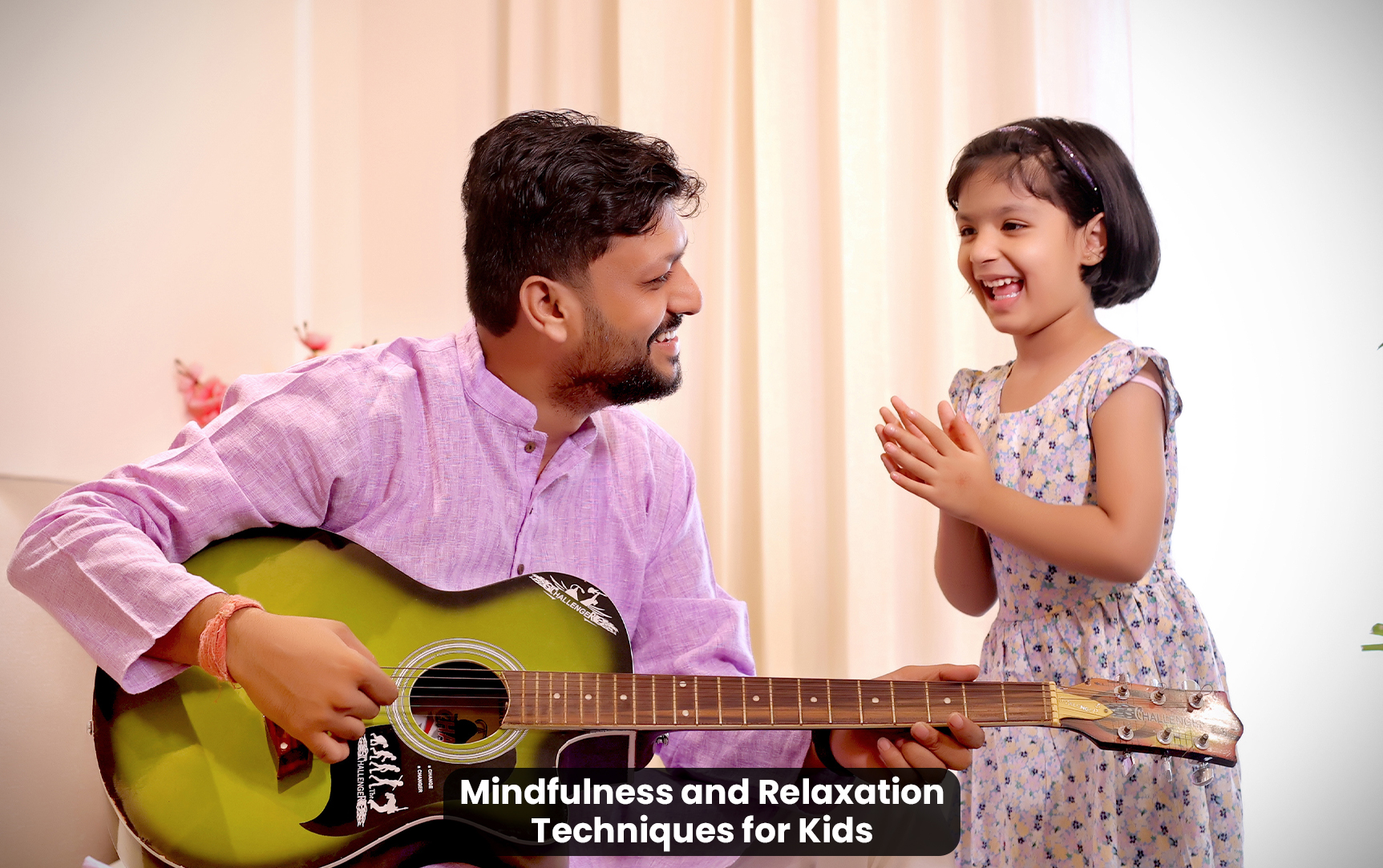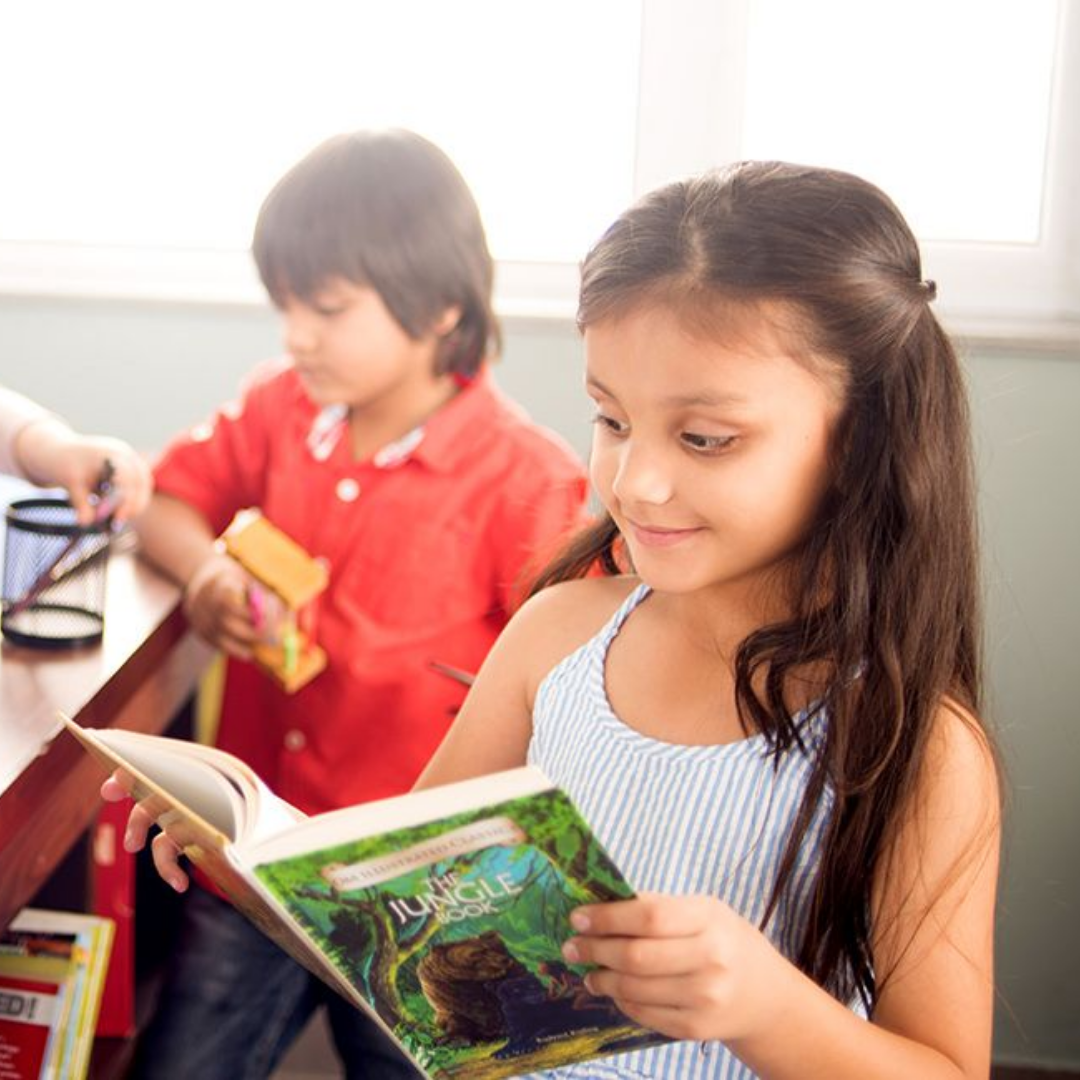


Mindfulness is a practice for kids that helps them slow down and observe their thoughts and feelings so they can begin to choose their behaviors instead of acting impulsively. It teaches them to pay attention to their breath and find the stillness between the in and out-breaths.
Being mindful reconnects kids to their five senses, bringing them into a moment to moment awareness of themselves and their surroundings.” Mindfulness practices can be thought of as deliberate breathing, movement, and meditation that elevate one’s sense of harmony and awareness of the present moment.
Mindfulness is a way of paying attention to the present moment, using techniques like meditation, breathing and yoga. It helps us become more aware of our thoughts and feelings so that, instead of being overwhelmed by them, we’re better able to manage them.
Ashiana, Ashiana Housing build homes. Homes surrounded by vast green spaces and fresh breeze. Homes cocooned in secured gated complexes. Homes where futures are forged and there are opportunities to grow. And Homes in environments brimming with healthy activity, trust and respect. At heart, we build communities with care.
Other posts by Ashiana
Join 1000+ of fellow readers. Get expert real estate knowledge straight to your inbox absolutely free. Just enter your email address below.